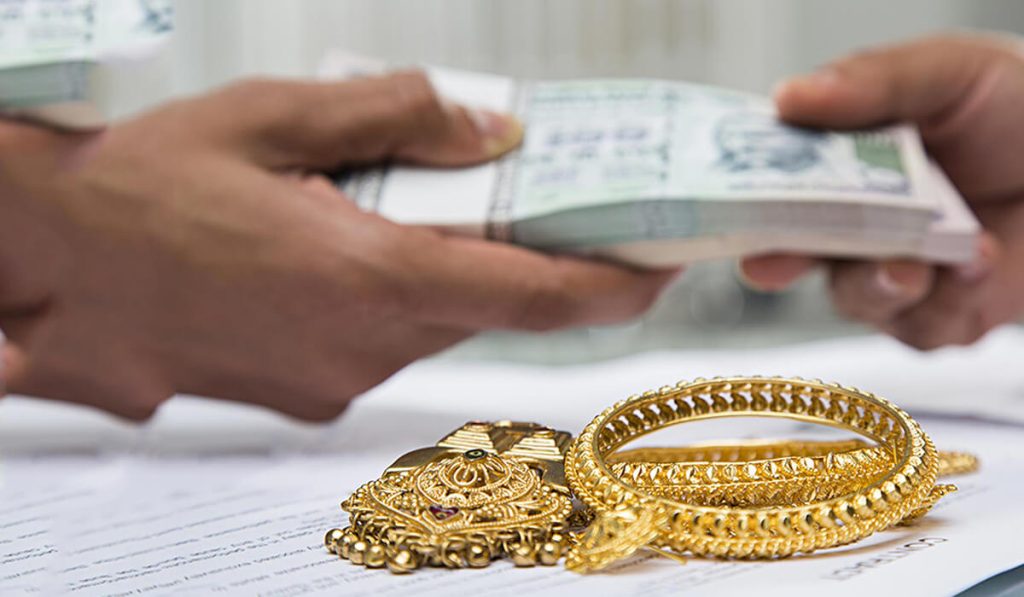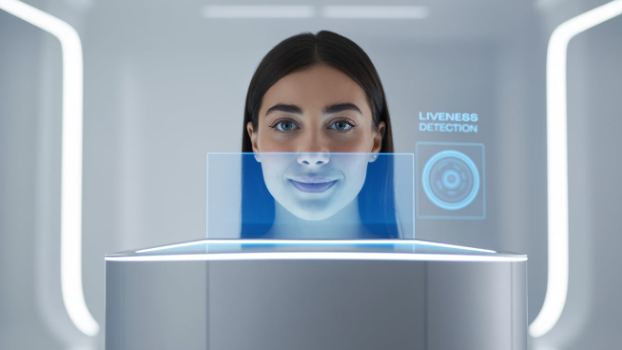The third-largest city in Croatia and one of its most culturally diverse travel destinations is Rijeka Croatia, which lies tucked away on the northern Adriatic coast. Rijeka, which blends Mediterranean appeal with Central European tradition, is well-known for its port, its colorful Carnival celebrations, and its distinctive past as a melting pot of influences.
Designated the European Capital of Culture in 2020, Rijeka has gained international recognition for its dynamic arts scene, industrial legacy, and open-minded spirit. Unlike Dubrovnik’s polished medieval allure or Split’s Roman grandeur, Rijeka is raw, authentic, and alive with creativity.
This blog dives deep into Rijeka Croatia history, attractions, festivals, local life, food, economy, and hidden gems, making it your ultimate guide to exploring the city.
Table of Contents
A Brief History of Rijeka Croatia
Ancient Times: Originally a Roman settlement known as Tarsatica, Rijeka developed around the mouth of the Rječina River.
Medieval Period: In the Middle Ages, Rijeka fell under the rule of the Frankopan princes, then the Habsburg monarchy.
Austro-Hungarian Era: By the 18th and 19th centuries, Rijeka had become a major seaport and industrial hub of the Austro-Hungarian Empire.
20th Century: Rijeka’s history was marked by turbulent shifts, including Italian occupation, the famous Regency of Carnaro led by poet Gabriele D’Annunzio, Yugoslavia’s socialist period, and finally independence within Croatia.
Modern Day: Today, Rijeka thrives as a port city, cultural hotspot, and university town.
Top Attractions in Rijeka Croatia
1. Trsat Castle
Overlooking the city from a hill, this medieval fortress offers panoramic views of Rijeka and Kvarner Bay. A pilgrimage site and tourist favorite, the castle also hosts cultural events and concerts.
2. St. Vitus Cathedral
The only round-shaped Baroque cathedral in Croatia, dedicated to Rijeka’s patron saint, it’s a spiritual landmark in the city center.
3. The Port of Rijeka
As Croatia’s largest seaport, the port has defined Rijeka’s identity. Visitors can stroll along the waterfront or watch massive cargo ships dock.
4. Rijeka City Museum & Maritime and History Museum
These museums highlight the city’s complex history and seafaring heritage, showcasing artifacts from ancient to modern times.
5. Korzo
Rijeka’s main promenade is the heart of city life. Cafés, shops, and cultural landmarks line this pedestrian-friendly boulevard.
Rijeka Carnival: The Pride of the City
No discussion of Rijeka is complete without mentioning the Rijeka Carnival – one of the biggest carnivals in Europe.
History: Rooted in medieval pagan traditions, later influenced by Venetian-style masquerades.
Today: Over 20,000 participants join the International Carnival Parade, with floats, masks, and costumes filling the streets.
Timing: Usually held in January–February.
Global Recognition: Ranked as one of the world’s most colorful and important carnivals alongside Rio de Janeiro and Venice.
Rijeka as the European Capital of Culture 2020
In 2020, Rijeka became the first Croatian city to hold the title of European Capital of Culture. Despite challenges from the pandemic, the program showcased:
350+ cultural events across the city.
Renovation of landmarks, including the Rikard Benčić complex into a cultural hub.
Themes of “Water, Work, and Migration” reflecting Rijeka’s identity.
This recognition cemented Rijeka’s reputation as Croatia’s cultural capital.
Food and Gastronomy in Rijeka Croatia
Rijeka’s cuisine blends Mediterranean seafood, Italian influences, and Central European flavors.
Must-try dishes:
Scampi na buzaru (shrimp stew with wine, garlic, parsley)
Istarski fuži (handmade pasta with truffle or meat sauce)
Grilled sardines – a local favorite
Kvarner Bay scampi – considered among the best in the world
Žlahtina wine – white wine from nearby Krk Island
Local markets like Placa (Central Market) are ideal for tasting fresh produce, cheeses, and seafood.
Rijeka’s Role as a Port & Industrial City
Rijeka’s economy has long revolved around its port, one of the deepest in the Adriatic, capable of handling large vessels.
Key industries:
Shipping and logistics
Oil and petrochemicals (INA refinery nearby)
Shipbuilding (historically important)
Tourism (growing in recent years)
University and education sector
The port also makes Rijeka a gateway for Central Europe to the sea, connecting markets in Hungary, Slovakia, and Austria.
Hidden Gems & Local Experiences
Kantrida Stadium – a football stadium dramatically set by the sea.
Molo Longo Pier – 1.7 km long breakwater, perfect for a walk with views of the city and ships.
Peek & Poke Computer Museum – quirky museum dedicated to old computers, consoles, and video games.
Rijeka Tunnel – WWII-era tunnel beneath the city, now open to visitors.
Beaches near Rijeka: Sablićevo, Kostrena, and Kantrida.
Festivals & Nightlife
Beyond Carnival, Rijeka offers:
Hartera Music Festival – electronic and alternative music in an old paper factory.
Fiumanka Regatta – international sailing event.
Student Day Festival – largest student event in Croatia.
Nightlife thrives on Korzo and in alternative clubs like Palach and Tunel.
Day Trips from Rijeka Croatia
Opatija: Elegant seaside resort 15 minutes away.
Krk Island: Beaches, wine, and medieval towns.
Plitvice Lakes National Park: 2.5 hours inland.
Istrian Peninsula: Rovinj, Pula, and Motovun for culture, food, and nature.
Practical Travel Tips
Getting There: Rijeka Airport (on Krk Island), trains, buses, ferries.
Getting Around: Compact city center, good bus network, plenty of walking.
Best Time to Visit: Spring (May–June) or autumn (Sept–Oct). Carnival season (Jan–Feb) for cultural immersion.
Accommodation: Boutique hotels, hostels, and Airbnb options near the city center and waterfront.
FAQs Rijeka Croatia
Q1. What is Rijeka famous for?
A: Rijeka is known for its Carnival, major seaport, cultural scene, and role as European Capital of Culture 2020.
Q2. Is Rijeka worth visiting compared to Split or Dubrovnik?
A: Yes. While smaller and less touristy, Rijeka offers authentic culture, unique history, and vibrant festivals without overwhelming crowds.
Q3. How many days do you need in Rijeka?
A: 2–3 days to see the main attractions, longer if you want day trips to Opatija, Krk, or Istria.
Q4. Can you swim in Rijeka?
A: Yes. Beaches like Sablićevo and Kostrena are popular in summer.
Q5. How do I get to Rijeka Carnival?
A: The Carnival takes place in late winter (Jan–Feb). Book accommodation early and check event dates on the official Rijeka Carnival website.











